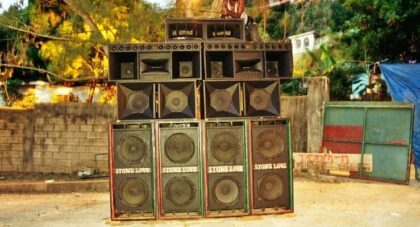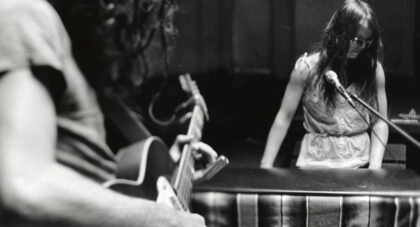Though seemingly lost to history, ‘Bongo Joe’ was one of the best street performers to have ever graced a sidewalk - a musical genius, true outsider artist, DIY instrument builder, and poet-philosopher whose legacy has gone painfully neglected save for those lucky enough to witness his performances. Using a set of discarded oil barrels, a DIY PA system, and custom mallets, Bongo Joe transfixed street audiences across Texas, first performing in Houston, then Galveston, next Fort Worth, and finally San Antonio, where he set up in front of the Alamo for decades . . .
Only the good shit. Aquarium Drunkard is powered by its patrons. Keep the servers humming and help us continue doing it by pledging your support.
To continue reading, become a member or log in.


